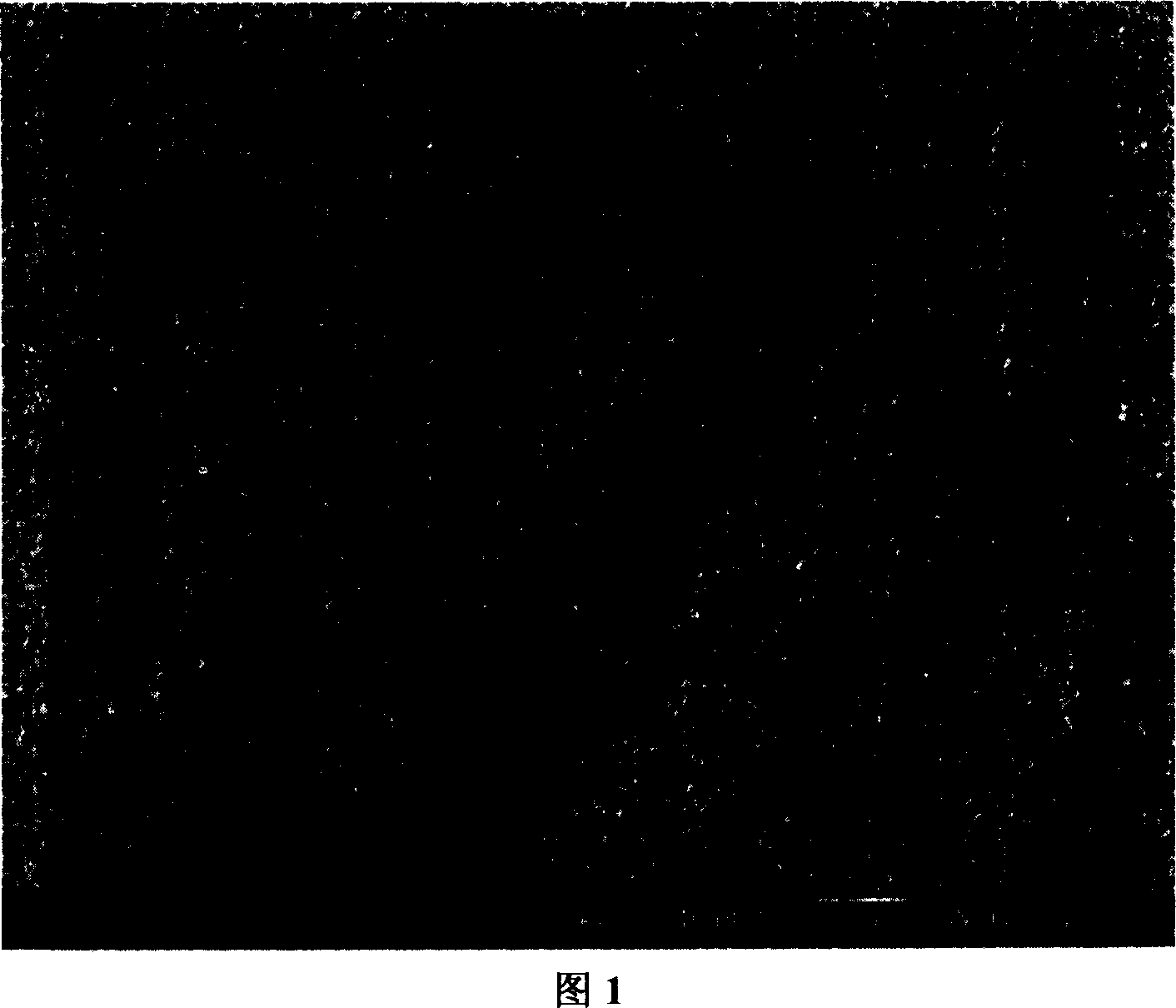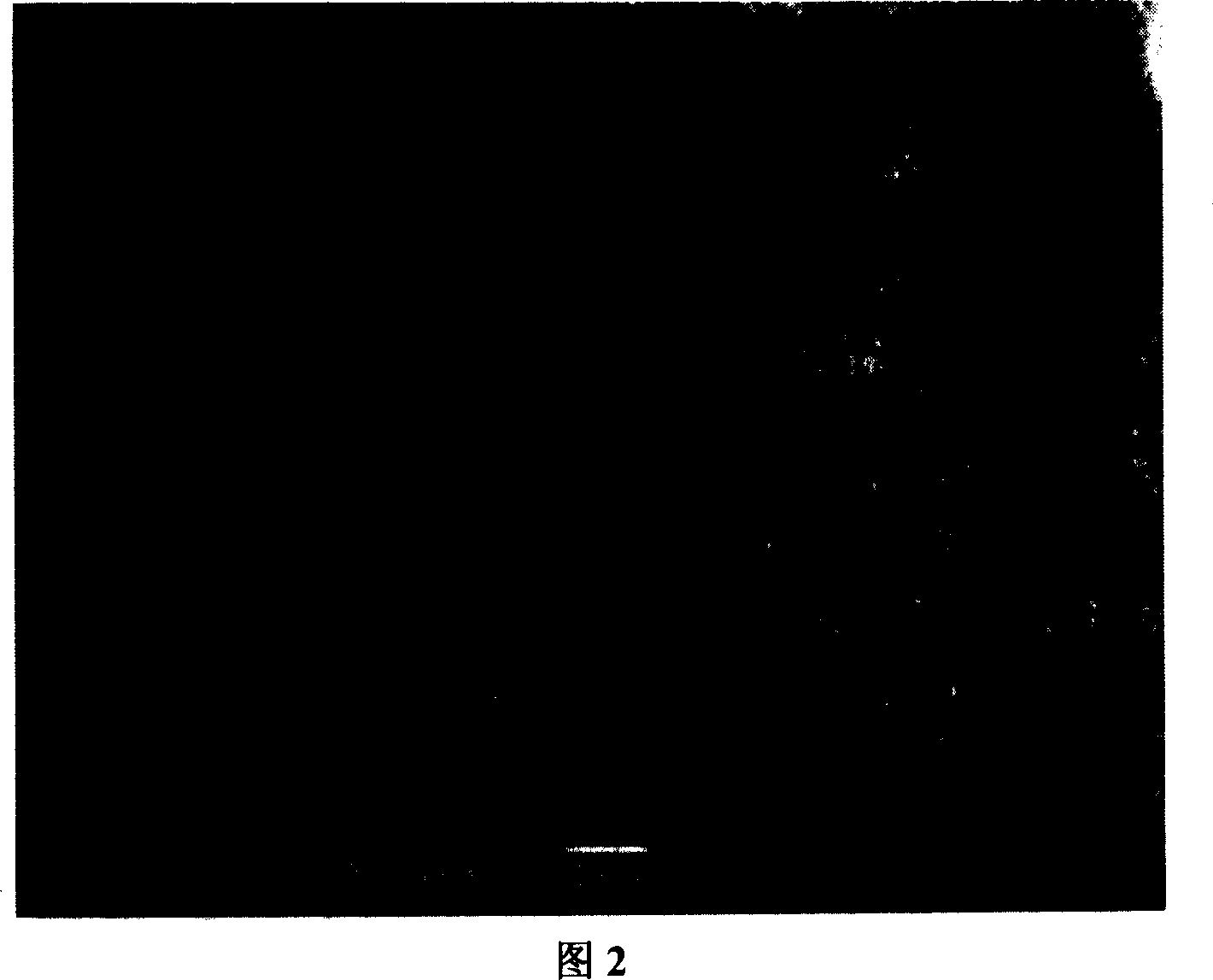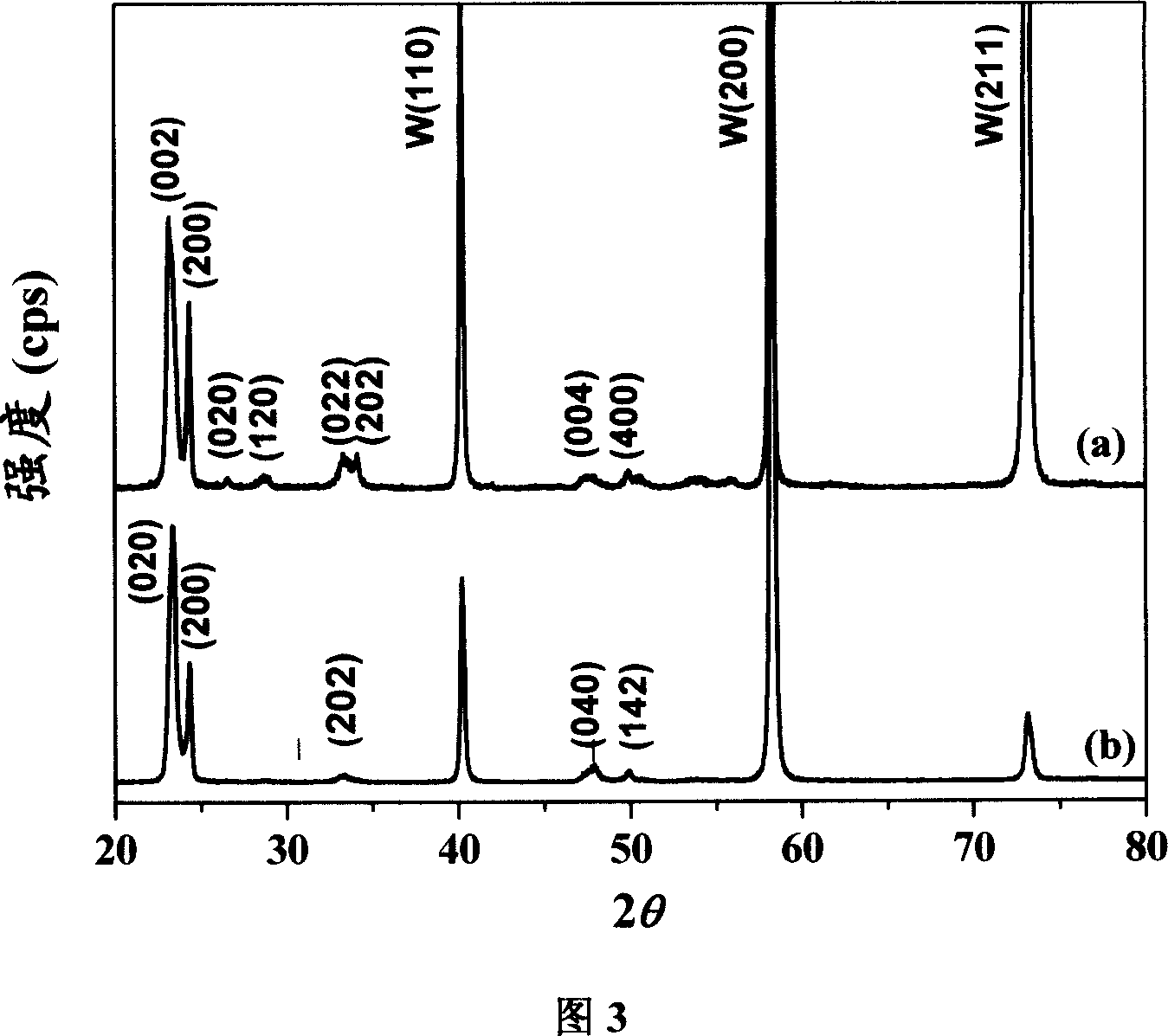Nanometer porous tungsten trioxide material and its prepn and application
A technology of tungsten trioxide and nanomaterials, which is applied in the growth of polycrystalline materials, chemical instruments and methods, electrolytic coatings, etc., can solve the problem that the photoelectric properties of porous tungsten trioxide nanomaterials have not been better applied, and achieve good results. Effects of photoelectrochemical characteristics, uniform size and shape of pores, and improvement of surface morphology
- Summary
- Abstract
- Description
- Claims
- Application Information
AI Technical Summary
Benefits of technology
Problems solved by technology
Method used
Image
Examples
Embodiment 1
[0028]Example 1 Cut the tungsten sheet into a size of 25×50mm, and then polish it successively with sandpaper of 400 mesh, 600 mesh, 800 mesh, 1000 mesh and 1200 mesh respectively, and connect it with a wire to make an electrode; place the tungsten sheet in acetone, Ultrasonic cleaning in isopropanol, methanol and deionized water, and drying with nitrogen; mix 0.2wt% sodium fluoride (NaF) and 0.3% (V / V) hydrofluoric acid (HF) in a ratio of 1:1 After pouring into the electrolytic cell, the concentration of fluoride ion in the electrolyte is 0.11mol / L, and the concentration of hydrogen ion is 0.086mol / L. With tungsten sheet as anode and platinum electrode as cathode, control the temperature of the electrolyte at 20±1°C, first oxidize at 60V for 60 minutes, and then oxidize at 40V for 30 minutes; oxidize the tungsten sheet with diluted Soak in hydrofluoric acid for a few seconds and rinse with deionized water; finally calcined at 450°C for 4h in an oxygen atmosphere. The scannin...
Embodiment 2
[0030] Embodiment 2 By the preparation method of the present invention of embodiment 1, just change electrolytic solution into 0.6wt% sodium fluoride (NaF) and 0.5mol / L sulfuric acid (H 2 SO 4 ) in a ratio of 1:1, that is, the concentration of fluoride ions is 0.07mol / L, and the concentration of hydrogen ions is 0.5mol / L. Porous tungsten trioxide nanomaterials with a self-assembled structure were obtained, the average pore diameter was about 100 nm, and the crystal structure was the same as in Example 1.
Embodiment 3
[0031] Embodiment 3 According to the preparation method of the present invention of embodiment 1, just change electrolytic solution into 1.0wt% ammonium fluoride (NH 4 F) and 0.5mol / L hydrochloric acid (HCl) are mixed in a ratio of 1:1, that is, the concentration of fluoride ion is 0.24mol / L, and the concentration of hydrogen ion is 0.25mol / L. Porous tungsten trioxide nanomaterials with a self-assembled structure were obtained, the average pore diameter was about 120 nm, and the crystal structure was the same as in Example 1.
PUM
| Property | Measurement | Unit |
|---|---|---|
| Average pore size | aaaaa | aaaaa |
| Average pore size | aaaaa | aaaaa |
| Average pore size | aaaaa | aaaaa |
Abstract
Description
Claims
Application Information
 Login to View More
Login to View More - R&D
- Intellectual Property
- Life Sciences
- Materials
- Tech Scout
- Unparalleled Data Quality
- Higher Quality Content
- 60% Fewer Hallucinations
Browse by: Latest US Patents, China's latest patents, Technical Efficacy Thesaurus, Application Domain, Technology Topic, Popular Technical Reports.
© 2025 PatSnap. All rights reserved.Legal|Privacy policy|Modern Slavery Act Transparency Statement|Sitemap|About US| Contact US: help@patsnap.com



